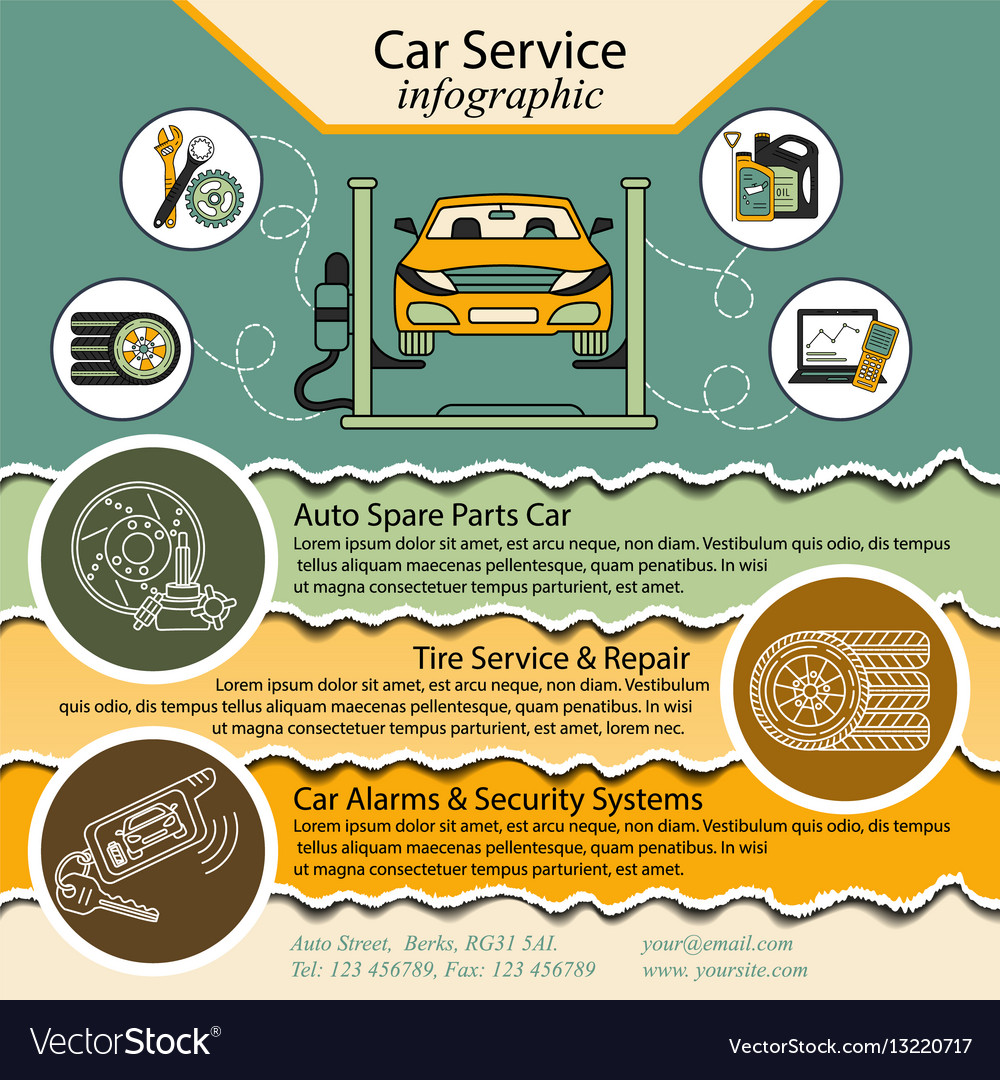Analyzing Your Vehicle'S Caution Indicators: What They Truly Communicate
Analyzing Your Vehicle'S Caution Indicators: What They Truly Communicate
Blog Article
Composed By-Lauritsen Alvarado
When you're behind the wheel, those glowing caution lights on your dashboard can be a bit difficult. Do you know what they're trying to tell you concerning your auto's wellness? Recognizing car deatling of these lights is essential for your safety and the durability of your car. So, the following time one of those lights turns up, wouldn't you want to decode its message precisely and take the essential steps to resolve it?
Common Caution Lighting and Interpretations
Recognize common caution lights in your automobile and understand their significances to ensure secure driving.
One of the most common caution lights consist of the check engine light, which signifies issues with the engine or exhausts system. If this light begins, it's critical to have your automobile checked promptly.
The oil pressure cautioning light shows reduced oil pressure, needing instant interest to avoid engine damage.
A blinking battery light might suggest a damaged charging system, potentially leaving you stranded if not addressed.
The tire stress tracking system (TPMS) light informs you to reduced tire pressure, impacting vehicle security and fuel performance. Overlooking this could bring about hazardous driving conditions.
The abdominal light shows a trouble with the anti-lock stopping system, endangering your capacity to stop promptly in emergency situations.
Finally, the coolant temperature alerting light warns of engine getting too hot, which can result in serious damage if not resolved promptly.
Understanding these typical warning lights will certainly assist you deal with problems without delay and keep safe driving conditions.
Significance of Prompt Focus
Recognizing the usual warning lights in your car is just the primary step; the relevance of without delay attending to these warnings can not be emphasized enough to ensure your safety on the road.
When mouse click the following internet site illuminates on your dashboard, it's your automobile's method of interacting a possible concern that requires interest. Overlooking these cautions can lead to more serious problems down the road, compromising your safety and potentially costing you much more out of commission.
Prompt attention to cautioning lights can avoid malfunctions and mishaps. For instance, a flashing check engine light might show a misfire that, if left unattended, could cause damage to the catalytic converter. Addressing this promptly can save you from an expensive repair work.
In a similar way, a brake system warning light could signify low brake liquid or worn brake pads, critical elements for your safety when driving.
Do It Yourself Troubleshooting Tips
If you observe a warning light on your dashboard, there are a few DIY repairing ideas you can try prior to seeking professional aid.
The very first step is to consult your auto's guidebook to understand what the particular warning light suggests. Occasionally the concern can be as basic as a loose gas cap causing the check engine light. Tightening up the gas cap may settle the problem.
Another typical issue is a reduced battery, which can activate different warning lights. Examining the battery connections for corrosion and ensuring they're safe could take care of the issue.
If a caution light persists, you can attempt resetting it by separating the car's battery for a couple of minutes and after that reconnecting it. In addition, inspecting your automobile's fluid levels, such as oil, coolant, and brake fluid, can help troubleshoot alerting lights associated with these systems.
https://brake-repair-near-me73940.myparisblog.com/30769896/come-to-be-skillful-in-recognizing-the-very-best-car-repair-shop-by-making-use-of-these-10-important-recommendations
In conclusion, understanding your automobile's caution lights is important for keeping your vehicle running smoothly and safely. By promptly resolving these informs and knowing what they indicate, you can prevent costly repair services and possible malfunctions.
Remember to consult your vehicle's manual for certain information on each advising light and act appropriately to ensure a trouble-free driving experience.
Keep informed, stay secure on the road!
